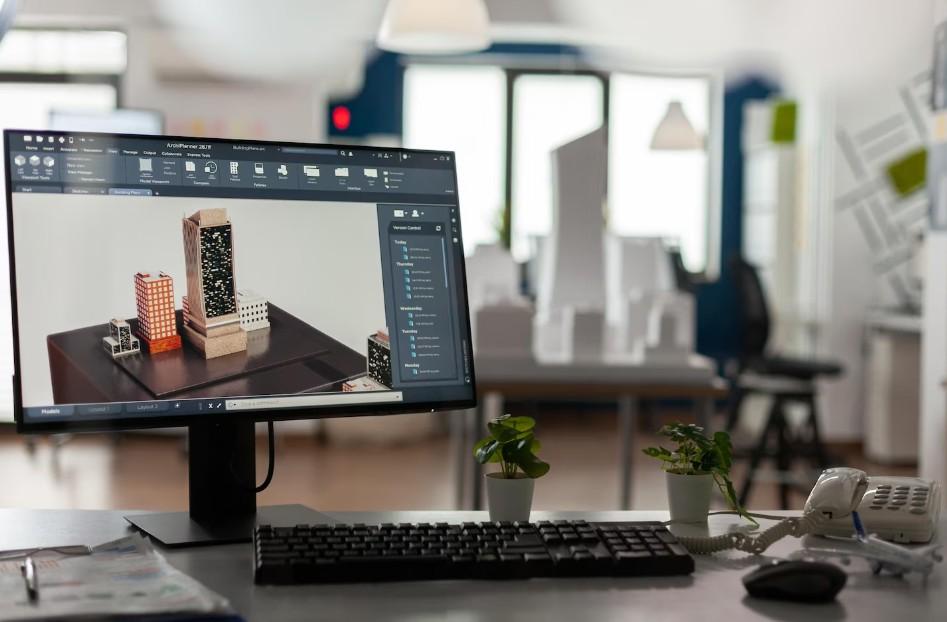Enhance Industrial Design with AutoCAD Plant 3D & Raster

In the engineering and industrial design sectors, precision, efficiency, and data accuracy are non-negotiable. This is where AutoCAD Plant 3D and AutoCAD Raster Design come into play. These two powerful tools from Autodesk cater to the complex needs of plant design and raster image editing, allowing professionals to create, convert, and manage industrial projects with greater ease and accuracy. When used together, they form a comprehensive solution for both modern and legacy workflows.
Powering Modern Plant Design with AutoCAD Plant 3D
AutoCAD Plant 3D is a specialized toolset within AutoCAD tailored for designing and modeling process plants. It offers a smart platform for creating intelligent piping and instrumentation diagrams (P&IDs), 3D piping models, structural components, and even equipment layouts. Its integration with data management tools allows real-time collaboration, boosting productivity for engineering teams.
Key Benefits:
-
Easy generation of P&IDs with built-in symbol libraries.
-
Specification-driven piping design using industry-standard components.
-
Automated production of isometric and orthographic drawings.
-
Real-time collaboration via Autodesk’s cloud solutions.
-
Project-wide data consistency through a centralized database.
By using AutoCAD Plant 3D, designers can minimize errors, ensure accuracy, and accelerate plant design workflows — from concept to construction.
Unlocking Legacy Data with AutoCAD Raster Design
In many industries, legacy documentation exists only in paper form or scanned blueprints. AutoCAD Raster Design allows professionals to transform these old raster images into editable vector drawings within the AutoCAD environment. This software bridges the gap between past and present, saving valuable time by eliminating the need to redraw plans from scratch.
Notable Features:
-
Raster-to-vector conversion for lines, arcs, and text.
-
Tools to clean, scale, and align scanned images.
-
Image correlation and rubber sheeting to fix distortions.
-
Seamless editing of raster data alongside vector data.
-
Direct integration with other AutoCAD toolsets.
With AutoCAD Raster Design, users can preserve historical data and bring old drawings into today’s digital workflow with minimal effort.
The Perfect Combination: Raster to 3D
One of the most powerful use cases is the combined use of AutoCAD Raster Design and AutoCAD Plant 3D. Legacy raster drawings can be cleaned, converted, and refined using AutoCAD Raster Design, then imported into AutoCAD Plant 3D for 3D modeling and further project development. This integration saves time, reduces costs, and enhances project accuracy, especially during plant renovation or expansion projects.
Conclusion
Whether you're starting from scratch or modernizing decades-old plant layouts, AutoCAD Plant 3D and AutoCAD Raster Design provide the tools to meet today’s design demands. These specialized AutoCAD applications not only enhance workflow efficiency but also ensure accuracy, collaboration, and data integrity. By adopting this dynamic duo, engineering professionals can streamline design processes, reduce rework, and achieve faster project delivery—making them essential assets in the digital transformation of industrial design.







